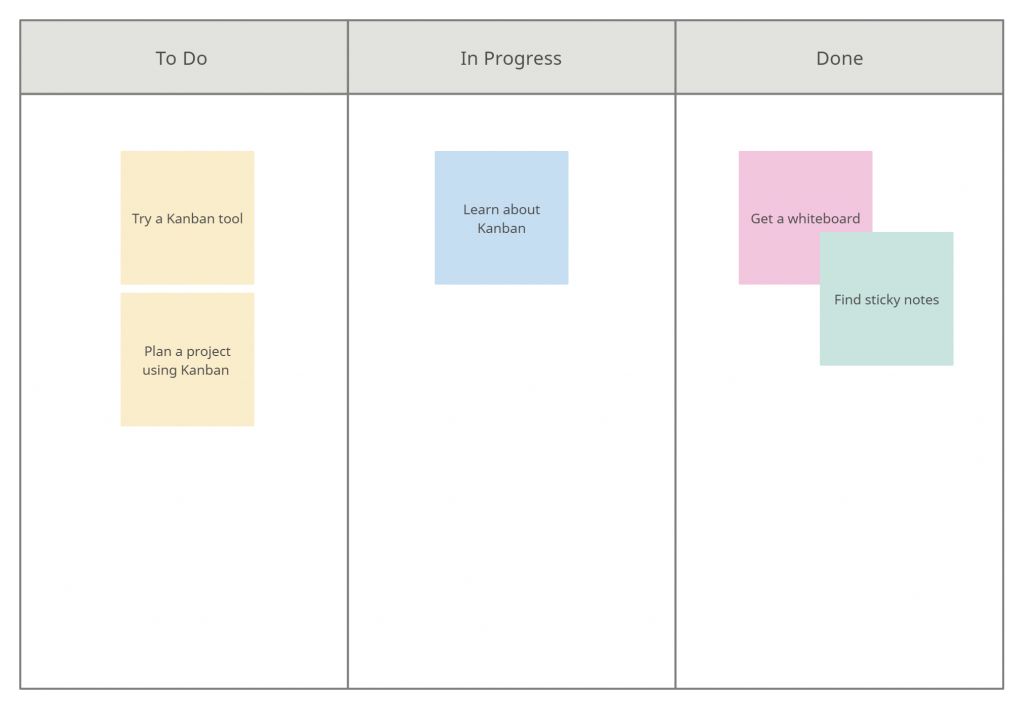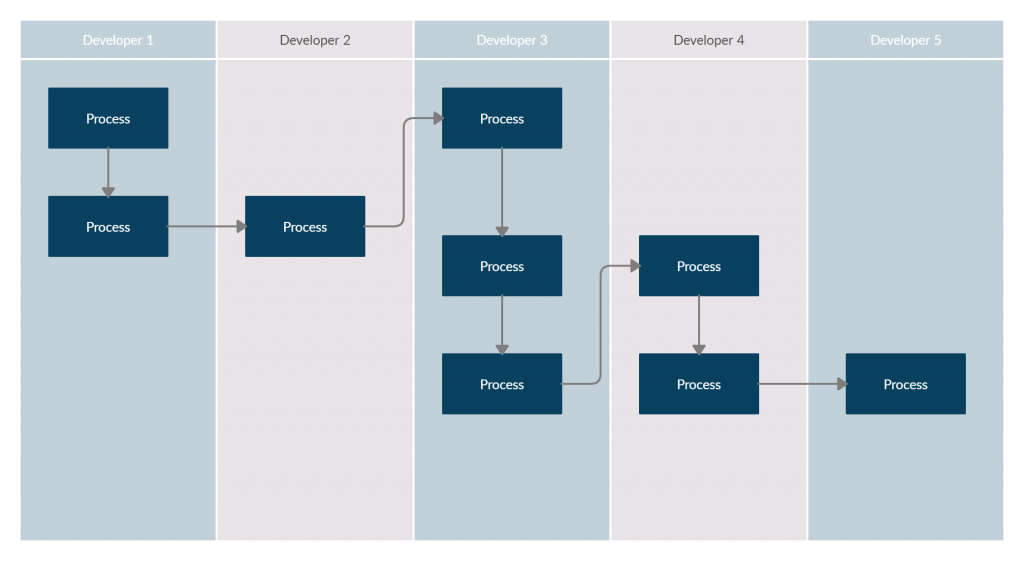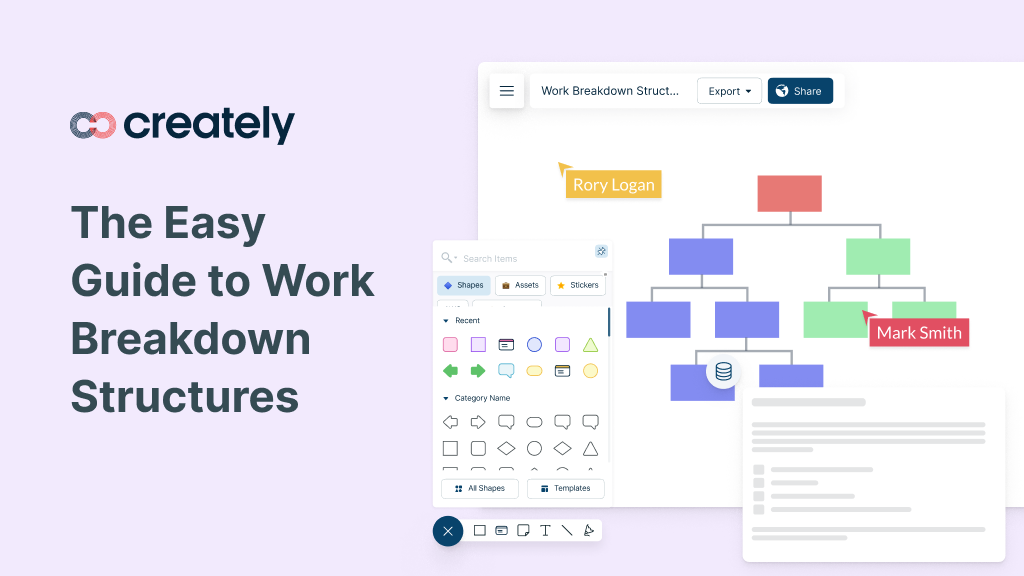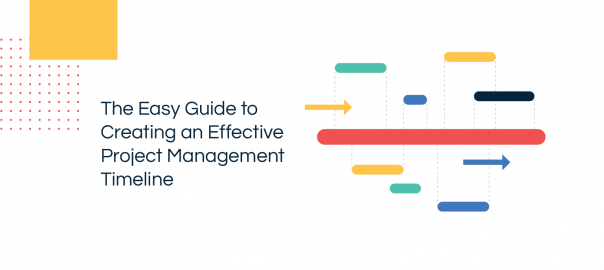Teamwork certainly creates dreamwork – but not when tasks overlap or duplicate without a positive outcome. Duplication of effort or overlapping of work is a project manager’s or leader’s worst enemy since they are not directed at the right objective. Duplication of work often leads to exhaustion of resources.
Let’s find out when duplication actually works and if not, then how to avoid it.
What is Duplication of Effort?
Before diving into duplication of work, let’s explore what duplication of effort means. Simply put, duplication of effort is when two or more people make the same effort to do a similar task. Does duplication of effort mean less productivity? The key here is the outcome. If the outcome remains unchanged, despite the duplicated efforts, then it would be unproductive. However, when you are able to produce a different outcome through duplication of efforts, then it can be productive.
For instance, let’s consider a scenario in a toy manufacturing factory. A worker in a production line takes one hour to pack 25 boxes of toy cars. Add another worker to the same line. Now you have two workers, each packing 25 boxes of toy cars per hour. This derives an outcome of 50 toy cars per hour. In this case, the outcome doubles due to duplication of effort; thus increasing productivity.
Imagine that the marketing department of the same factory is conducting research on introducing a new toy to target seasonal sales. The product team of that company may endeavor to do the same, having no knowledge that the marketing division too is doing the same task. At the end of the day, the Chief Operating Officer ends up with two reports on the same task. Here, the duplication of efforts has led to the same outcome. There may be different insights on both reports but had the two teams collaborated early on, they could have identified the similarities in their efforts and distributed the work among each other to produce a more insightful report.
As you can see, there is only a fine line between duplication of effort and work. Though duplication of work is not always bad, when mismanaged, it can lead to wastage of time and resources of an organization.
How to Prevent Overlapping and Duplication of Work?
Now you are wondering, ‘how do I overcome duplication of work?’
The first step is to carefully analyze the outcome of each duplicated effort, to determine its impact on overall productivity. If duplicated work is forcing team members to be less productive, then you need to take measures to ensure that work overlapping does not occur. This is easier to monitor among individual teams where there is a manager or a lead to oversee the work of each team member.
In most cases, duplication of work happens in cross-functional teams when there is no proper channel of communication among them. Given below are some of the steps you can follow to avoid work duplication.
Communicate Regularly
In other words, talk, liaise, and engage! Communication is the first step in preventing duplication of work.
Duplication of work happens due to the lack of communication among cross-functional teams. In our previous example, if there was a proper line of communication between marketing and product teams, they could have collaborated and researched together. Therefore, it is important to ensure that there is a proper channel of communication among and within teams.
You can use traditional formal methods such as daily work planning meetings; or email or apps such as Slack, Google Chat, or Microsoft Teams to facilitate seamless communication among team members.
In large organizations, it may not be practical to have regular meetings; but team leaders can acknowledge each other about the projects that they are engaged in.
Effective communication channels have become more important now than ever. This is due to the increased tendency among companies to resort to remote working structures. In this context, constant communication is needed to preserve the transparency of work, while building team relationships.
Track and Measure Progress
It is important to keep track of the tasks allocated to each team and measure progress. Collaborate with your team members and have an action plan to list all the tasks that need to be fulfilled. Conduct this exercise when starting a new project or conducting daily tasks. Have discussions with each team to set realistic time frames to accomplish these deliverables.

The assignments can then be tracked on a Kanban board according to the order of priority. This practice helps determine the amount of work that has been completed, what needs to be completed and where the blockers are.

It will also give you a clear understanding of where the team lead’s attention is needed and what measures have to be taken to remove blockers.
Creately is an online visual workspace that enables visualization of workflows during project planning so that work duplications can be identified early on and prevented. Map out the project workflow on a swim lane diagram to allocate tasks and resources to each team. Visualizing your entire project on a single canvas can help avoid the hassle of having to jump back and forth across multiple apps for project tracking. Creately makes it easy to determine who is doing what – thereby eliminating the chance for task overlap.

Be Transparent and Make Your Work Accessible
When you complete a project, leave a legacy of the work you did. Make your work accessible to all relevant team members in the company.
Make sure that there is a database that facilitates seamless accessibility to previous research and project endeavors. This will help colleagues who attempt future projects to gather knowledge on the completed work, eliminating room for work duplication.
It will also enlighten them on the outcomes of a potential course of action and shed light on what should be done differently.
Creately can serve as the central hub to centralize all project content, tasks, and communications from brainstorming and planning to execution. It provides customizable frameworks for mind mapping, affinity mapping, sprint planning, project timelines, workflow mapping, and more. Creately’s collaboration capabilities including in-app video conferencing, mouse tracking, and commenting allow users to work together and share information seamlessly.
The Second Time is ‘Not Always’ the Charm
Work duplication is not always bad. However, when it is not directed at a proper outcome, duplication of work can be time-consuming and downright tedious.
Be smart about the way you do your work. In today’s business environment, you can no longer work in silos. Don’t hesitate to engage with your colleagues and have a line of constant communication with them. Be open to sharing knowledge with each other and focus on achieving collective goals. Effective communication and collaboration will ensure that everyone in the company does meaningful work in a collective journey towards success.




